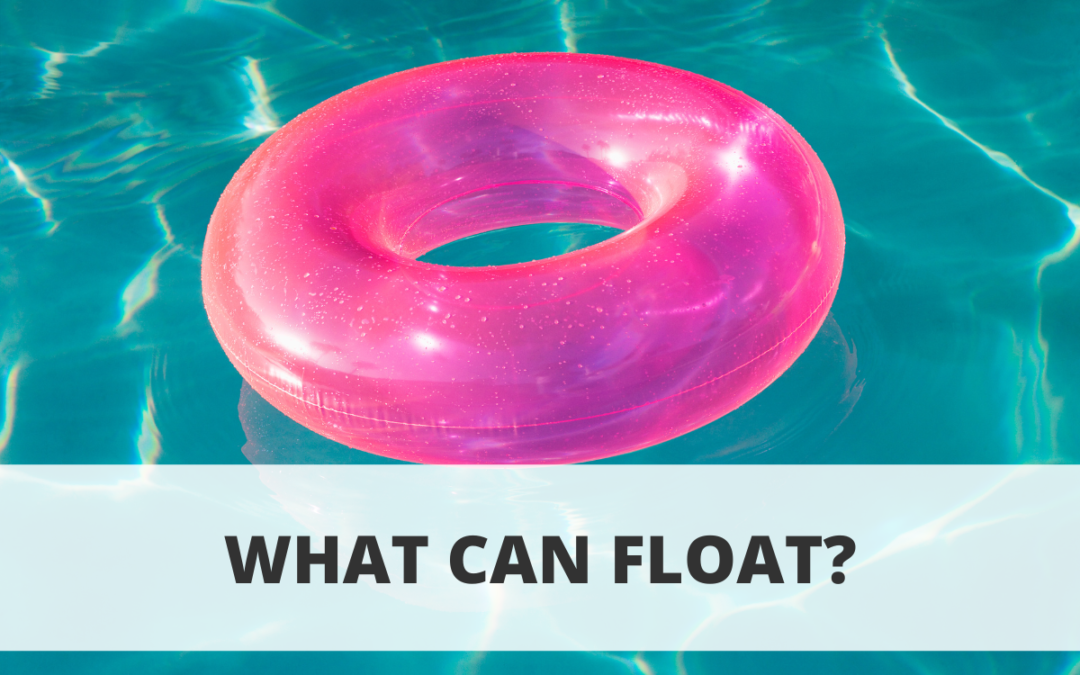Conduct an experiment with everyday objects and determine what can float and what can’t. Tell us what you find out in the comments below.
Materials needed:
- A plastic container
- Water
- Paper towel
- A minimum of 5 objects
- Paper
- Pencil
Vocabulary:
• Creativity – The use of the imagination
• Critical thinking– Analysis and evaluation
• Observing– Noticing or perceiving something
• Hypothesis- An educated guess
• Analysis- Detailed examination of what occurs
Instructions:
- Place the plastic container on a table or a steady coffee table that won’t wobble.
- Using a plastic cup fill the container halfway with water. The water level should be at least two inches high to make sure that objects can float.
- Gather at least 5 small objects that you find around the house. On the paper write one object down then skip down five lines and write another object so that you can have space to answer the questions. Continue to skip five lines between each object.
- Then guess if the object will float. Make sure to explain why you think the object will float or why you don’t think it will float, before placing the object in the water. Example below of how to set up your paper.
- First object (rock)
- Do you think the object will float? Why or Why not?
- Did the object actually float? Why or Why not?
- Second object (bouncing ball)
- Do you think the object will float? Why or Why not?
- Did the object actually float? Why or Why not?
- Third object (rubber duck)
- Do you think the object will float? Why or Why not?
- Did the object actually float? Why or Why not?
- First object (rock)
- After guessing if it will float, place the object in the water and test your hypothesis. Explain why you think it did float or why it didn’t.

